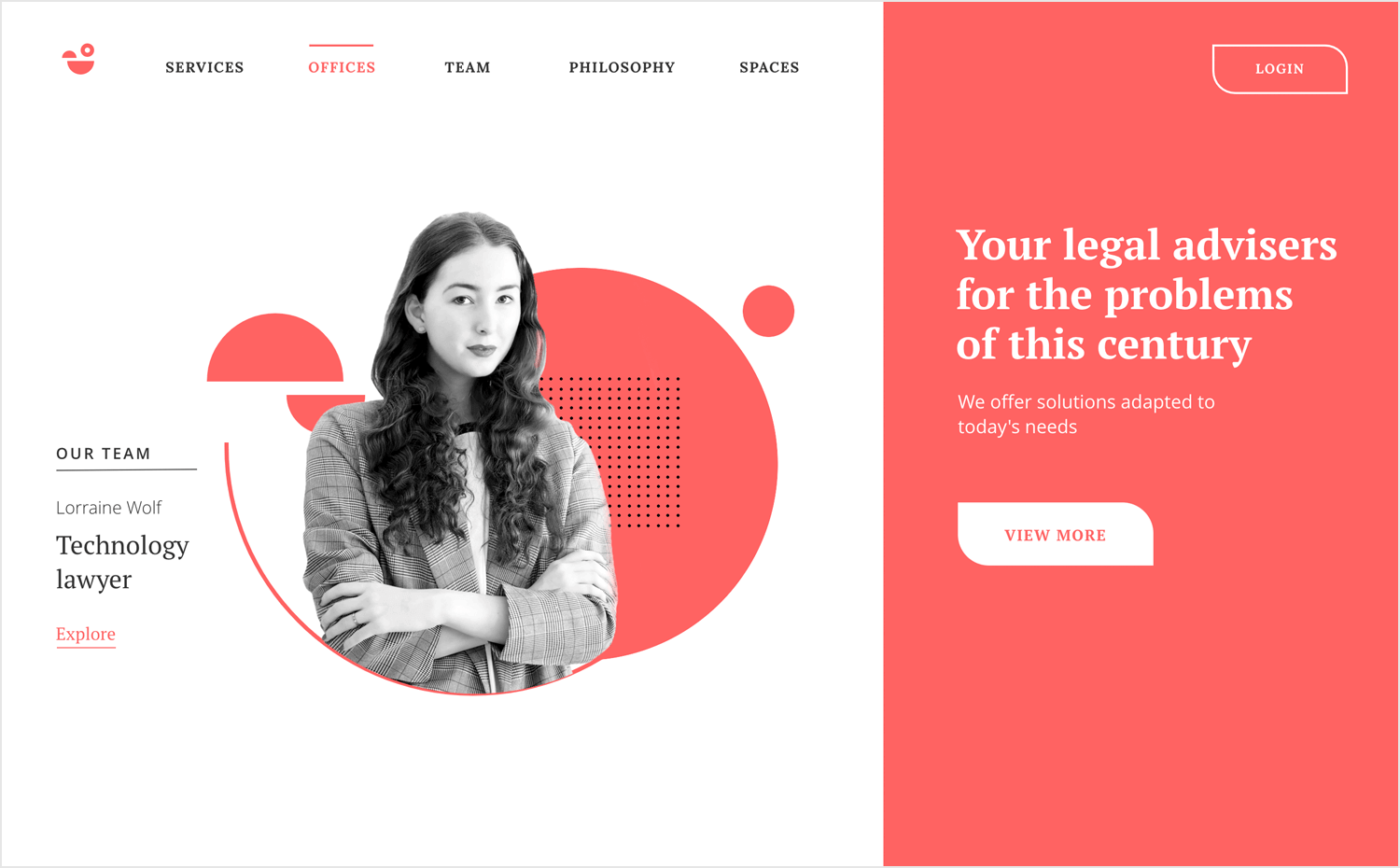Tech Versum: Explore the Future of Technology
Dive into the latest trends and innovations in technology with Tech Versum.
When Color Choices Become a Web Designer's Playground
Discover how color choices transform web design into a captivating playground. Unleash your creativity and captivate your audience today!
Exploring the Psychology of Color in Web Design
Color plays a crucial role in web design, influencing not only aesthetic appeal but also user behavior and emotion. The psychology of color reveals how different hues can convey messages and evoke feelings, making it essential for designers to choose colors wisely. For instance, blue is often associated with trust and professionalism, which is why many financial institutions use this color to instill a sense of security. On the other hand, red can create a sense of urgency, making it an effective choice for calls to action. Understanding how color can impact user perception is key to creating a successful web experience. For further insights, consider exploring Smashing Magazine's article on the topic.
In addition to individual colors, the combination and contrast of colors significantly affect usability and user experience. When designing a website, it's important to ensure that text is legible against the background color and that the overall color scheme aligns with the brand's personality. A well-thought-out color palette can enhance brand recognition and foster user engagement. For practical tips on how to implement color psychology in your designs, check out UX Design's comprehensive guide.

How to Choose a Color Palette That Resonates with Your Audience
Choosing a color palette that resonates with your audience is critical for effective branding and communication. Start by understanding the psychology of colors and how they evoke different emotions. For instance, blue often represents trust and calmness, making it a popular choice for financial institutions. On the other hand, red evokes excitement and urgency, frequently used in food and entertainment. Consider conducting audience research to identify the preferences and cultural associations related to colors that resonate with your target demographic. You can find more about color psychology in this detailed guide.
Once you have an understanding of your audience's preferences, it’s time to experiment with combinations. Use tools like Coolors or Canva's color wheel to create a harmonious palette. Aim for a balance of contrast and cohesion – a typical approach is the 60-30-10 rule, where 60% of the design uses the dominant color, 30% the secondary, and 10% an accent color. By following these principles, you’ll enhance user experience and improve engagement on your platforms.
The Impact of Color on User Experience: Best Practices for Web Designers
The impact of color on user experience is profound, as colors evoke emotions and influence behavior. Strong colors, like red, can create a sense of urgency, which is why they're often used for call-to-action buttons. On the other hand, softer hues such as blue can instill a feeling of trust and calmness. According to Smashing Magazine, understanding color psychology is essential for web designers looking to enhance user engagement. Therefore, it is prudent to consider the target audience and the brand's identity when selecting a color palette, ensuring that the color choices align with user expectations and needs.
To effectively utilize color in web design, consider the following best practices:
- Establish a cohesive color scheme based on the principles of color theory.
- Prioritize accessibility by ensuring sufficient contrast between text and background colors; tools like the WebAIM Contrast Checker can aid in this process.
- Use color strategically to guide users through the interface, highlighting key actions without overwhelming them.